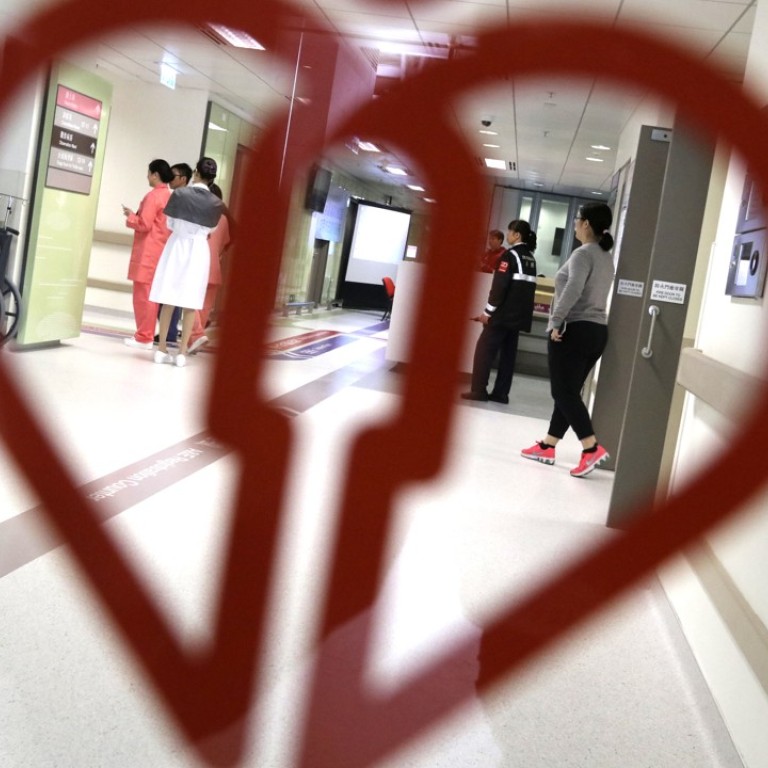
Funding model able to cover needs of Hong Kong’s public hospitals, health chief insists
But Sophia Chan says community health care services must be strengthened to divert rising demand away from hospitals as city’s population ages
Hong Kong’s health chief on Saturday said community health care services must be strengthened to reduce hospitalisation rates, after the city’s public hospitals reported their first financial deficit in eight years.
But Secretary for Food and Health Sophia Chan Siu-chee insisted that the current funding model for the Hospital Authority would be able to meet the growing needs of health care service providers as the city’s population aged in the coming decades.
Public health care spending has been on the rise in recent years, with expenditure this financial year standing at HK$62 billion, up HK$3.2 billion from 2016-17.
Hong Kong leader Carrie Lam Cheng Yuet-ngor announced in her maiden policy address in October that an extra HK$2 billion of annual funding would be set aside for the Hospital Authority, starting from next year, to meet rising demand.

The adjustment proved to be timely for the body, which manages the city’s 41 public medical institutions. According to its annual report submitted to the city’s legislature on Friday, it recorded a deficit of HK$1.52 billion in the year ending March 31.
It was the first time the authority had been in the red since 2009-10, when it lost HK$28.2 million.
Expenditure last year totalled HK$62.3 billion, representing a 6.6 per cent increase.
Most of the spending went on staff payrolls, which shot up 6.9 per cent to HK$43.1 billion, with the five highest-paid executives costing HK$27.1 million alone.
Easing the overcrowding in Hong Kong’s public hospitals starts with an informed public
The top earner was the authority’s chief executive, Leung Pak-yin, who got a 4.3 per cent pay rise to net HK$6 million.
The deficit was covered by the body’s reserves, which now stand at HK$13 billion.
Responding to the authority’s financial woes, Chan admitted it was inevitable that public hospital spending would only go up in future.
“With an ageing population and chronic diseases, [health care] services need to keep growing,” she said on Saturday.

Apart from the extra HK$2 billion in public funding Lam has pledged, her predecessor Leung Chun-ying also suggested increasing recurrent funding every three years to tackle “population growth” and “demographic changes”.
Chan said another solution would be to strengthen primary health care services at the district level so as to reduce the need for people to rush to hospitals and emergency wards.
“If we do not boost primary services in the community, that is, focus on the primary, secondary and tertiary levels of care, the situation may become worse,” Chan said.
Hong Kong’s health priority should be elderly care in the community not more hospitals
According to the government’s Department of Health, primary care is the first point of contact for most patients along with health promotions, disease prevention strategies and rehabilitative services.
Secondary and tertiary care, meanwhile, includes specialist and hospital services.
Overcrowding at the city’s public hospitals has long been a problem.
During the peak flu season this summer, the occupancy rate at the city’s 17 hospitals with inpatient services reached 114 per cent on one night in July.

